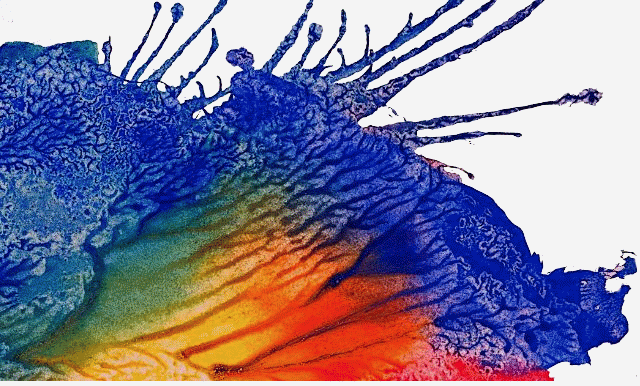
EVOLUTION – Genetic Novelty/Genomic Variations
by RNA Networks and Viruses
For more than half a century it has been accepted that new genetic information is mostly derived from random‚ error-based’ events. Now it is recognized that errors cannot explain genetic novelty and complexity.
Empirical evidence establishes the crucial role of non-random genetic content editors such as viruses and RNA-networks to create genetic novelty, complex regulatory control, inheritance vectors, genetic identity, immunity, new sequence space, evolution of complex organisms and evolutionary transitions.
Genetic identities of RNA stem loop groups (RNA-networks) such as e.g., group I introns, group II introns, viroids, RNA viruses, retrotransposons, LTRs, non-LTRs and subviral networks such as SINEs, LINEs, Alus invade and even persist in host genomes. Also mixed consortia of RNA- and DNA-virus derived parts that integrate in host genomes have been found. Highly dynamic RNA-Protein networks such as Ribosome, Editosome and Spliceosome generate a large variety of results out of DNA content.
Genome invading agents such a viruses and RNA-networks represent a very large and dynamic source of genetic novelty. They can co-operate, build communities, generate nucleotide sequences de novo and insert/delete them into host genetic content. Viruses and RNA-networks often remain as mobile genetic elements or similar ‚defectives’ and determine host genetic identities throughout all kingdoms including the virosphere. But inclusion of a transmissive viral biology differs fundamentally from conventional thinking in that it represents a vertical domain of life providing vast amounts of linked information not derrived from direct ancestors.
This new empirically based perspective on the evolution of genetic novelty will have more explanatory power in the future than the „error-replication“ narrative of the last century.
I M P R E S S U M :
Inhaber der Domäne “rna-networks.at” und für den Inhalt verantwortlich:
Dr. Mag. Günther Witzany
Vogelsangstraße 18c
A 5111 Bürmoos
Austria
Who we are
Our website address is: http://www.rna-networks.at
What personal data we collect and why we collect it
Comments
When visitors leave comments on the site we collect the data shown in the comments form, and also the visitor’s IP address and browser user agent string to help spam detection.
An anonymised string created from your email address (also called a hash) may be provided to the Gravatar service to see if you are using it. The Gravatar service privacy policy is available here: https://automattic.com/privacy/. After approval of your comment, your profile picture is visible to the public in the context of your comment.
Media
If you upload images to the website, you should avoid uploading images with embedded location data (EXIF GPS) included. Visitors to the website can download and extract any location data from images on the website.
Cookies
If you leave a comment on our site you may opt-in to saving your name, email address and website in cookies. These are for your convenience so that you do not have to fill in your details again when you leave another comment. These cookies will last for one year.
If you have an account and you log in to this site, we will set a temporary cookie to determine if your browser accepts cookies. This cookie contains no personal data and is discarded when you close your browser.
When you log in, we will also set up several cookies to save your login information and your screen display choices. Login cookies last for two days, and screen options cookies last for a year. If you select “Remember Me”, your login will persist for two weeks. If you log out of your account, the login cookies will be removed.
If you edit or publish an article, an additional cookie will be saved in your browser. This cookie includes no personal data and simply indicates the post ID of the article you just edited. It expires after 1 day.
Embedded content from other websites
Articles on this site may include embedded content (e.g. videos, images, articles, etc.). Embedded content from other websites behaves in the exact same way as if the visitor has visited the other website.
These websites may collect data about you, use cookies, embed additional third-party tracking, and monitor your interaction with that embedded content, including tracing your interaction with the embedded content if you have an account and are logged in to that website.
If you leave a comment, the comment and its metadata are retained indefinitely. This is so we can recognise and approve any follow-up comments automatically instead of holding them in a moderation queue.
For users that register on our website (if any), we also store the personal information they provide in their user profile. All users can see, edit, or delete their personal information at any time (except they cannot change their username). Website administrators can also see and edit that information.
What rights you have over your data
If you have an account on this site, or have left comments, you can request to receive an exported file of the personal data we hold about you, including any data you have provided to us. You can also request that we erase any personal data we hold about you. This does not include any data we are obliged to keep for administrative, legal, or security purposes.
Where we send your data
Visitor comments may be checked through an automated spam detection service.